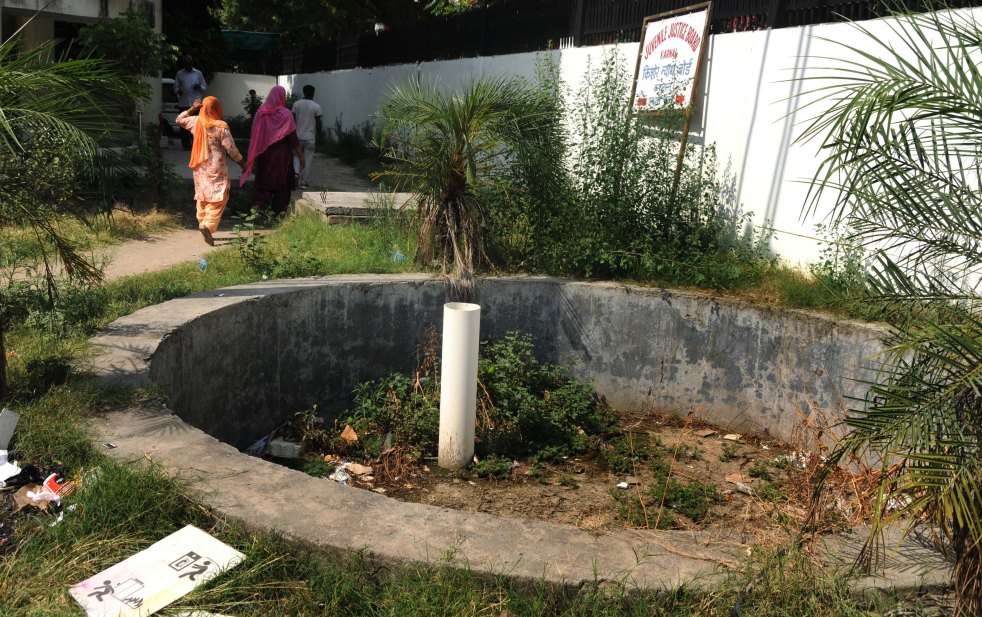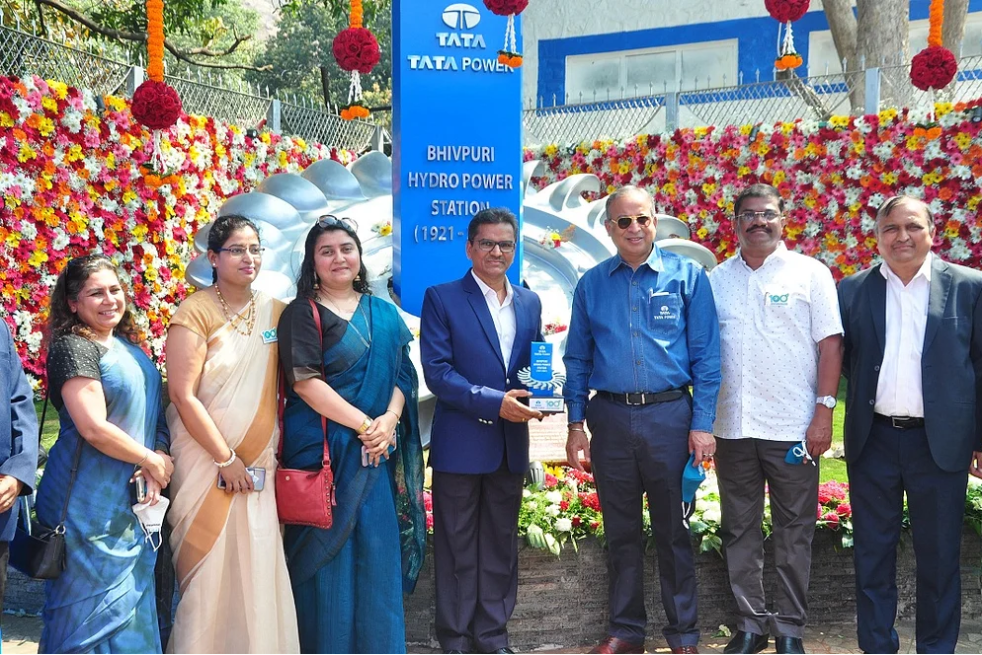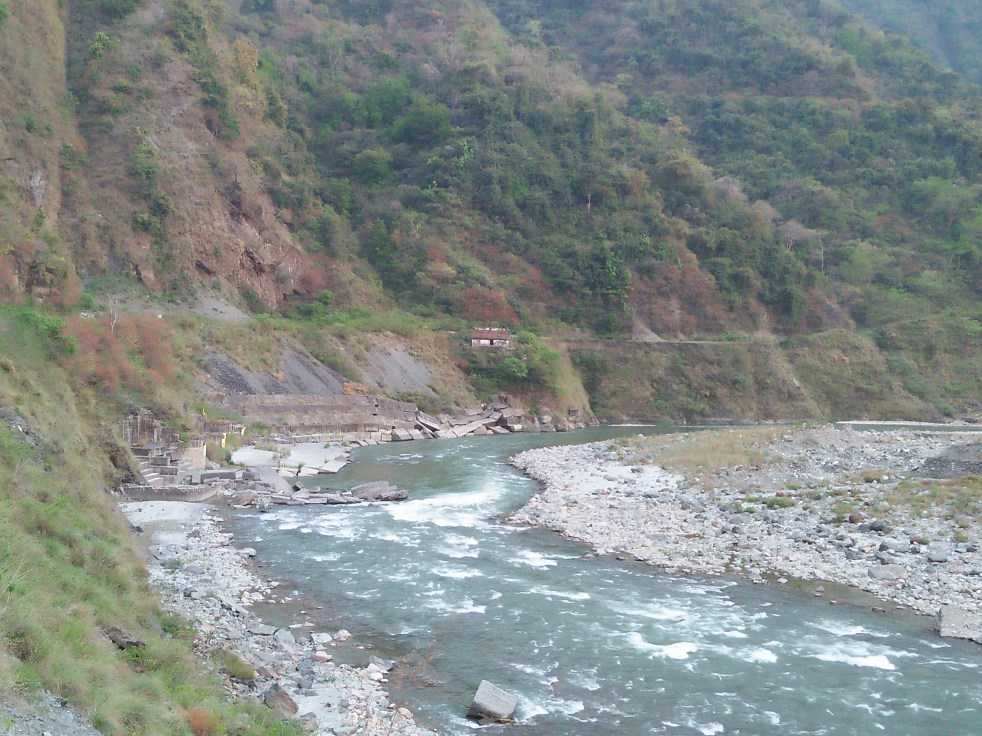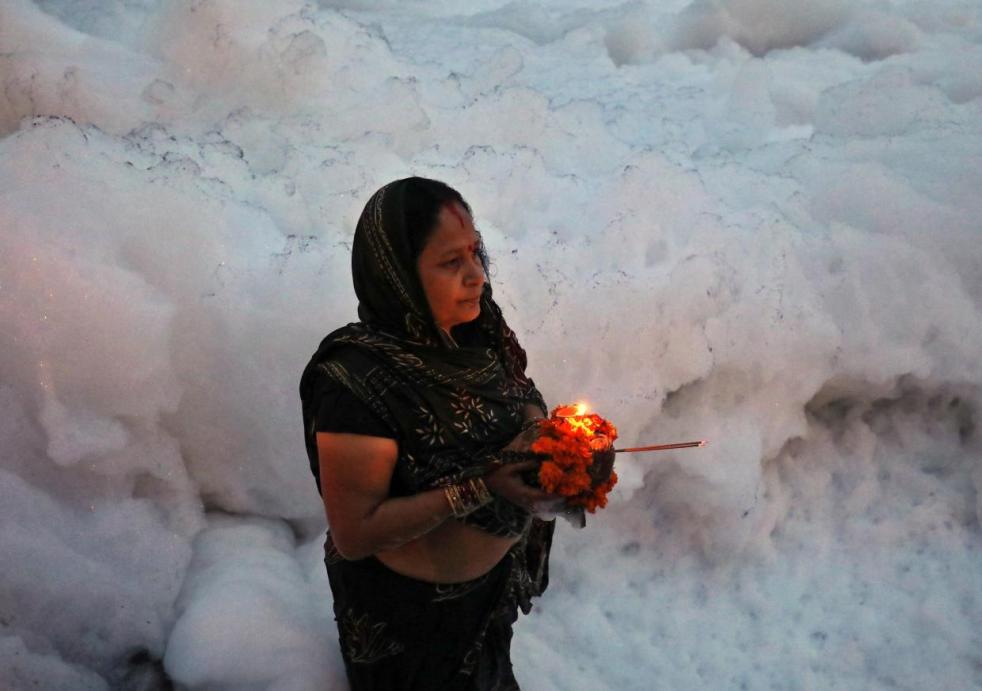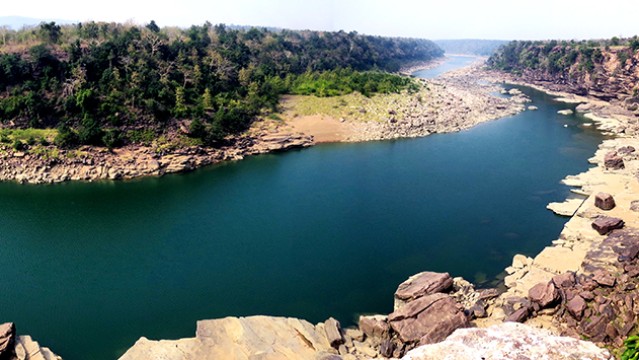(Gangani SHP on Yamuna river in Uttarkashi affected by June 2013 flash flood. Image: Yamuna Jiye Abhiyan/July 2013)
The Forest Advisory Committee of Union Ministry of Environment and Forests (MoEF) have rightly raised concerns about the impacts of so called small hydropower projects, that is hydropower projects with capacity below 25 MW. The MoEF assumes, following such unknown science or logic, that such projects have no environment and social impacts, they do not need environment and social impact assessments or management plan, they do not need any public consultation process, they do not need any monitoring or compliance and most significantly, they do not even need any clearances! A more unscientific thinking of the govt of India’s top environmental body would be difficult to find.
Continue reading “DRP NB 091023: MoEF Panel concerned about impacts of Small Hydro”

